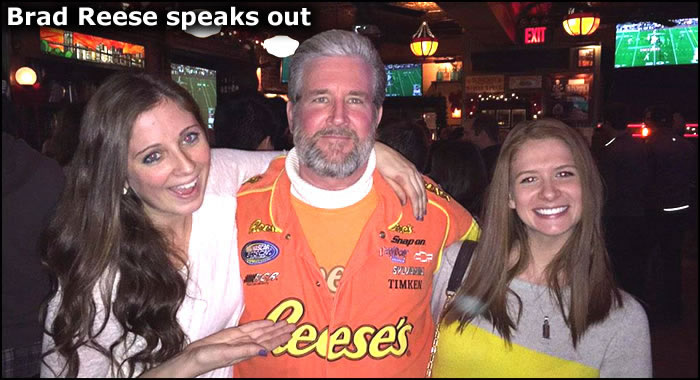 |

|
|
|
|
|
|
|
|
|
|
|
|
|

Cisco Systems: The greatest stock-laundering machine ever invented "The truth of the matter, however, is that Cisco was running a shareholder-subsidized scheme for transforming the pay of Chambers and his top executives into IRS-proof winnings. Accordingly, during this period Cisco executives, employees and insiders harvested capital gains from stock options in excess of $15 billion. Self-evidently, these winnings were touched only lightly by the tax man."
Hummelstown, PA: Fri, 5/2/14 - 1:49pm View comments
President Ronald Reagan's budget director, David Stockman, published the following viewpoint with regard to Cisco Systems in his book:
The Great Deformation: The Corruption of Capitalism in America
The poster boy for the extreme rinse-and-repeat form of stock buybacks has undoubtedly been Cisco Systems, one of the original bright stars in the technology firmament which has since grown long in the tooth. Until very recently, it never paid a dime of dividends and its stock price had languished for years at just under $20 per share, a level first reached in November 1998.
At first blush, the fact of zero returns to shareholders over an entire fifteen-year period seems wildly inconsistent with Cisco's well-known posture as a heavy buyer of its own stock. In fact, cash spent on buybacks totaled $37 billion during fiscal 2007-2011, enabling it to repurchase approximately 28 percent of its shares.
This massive buyback amounted to 102 percent of the company's net income and towered over the mere $6 billion Cisco spent on capital expenditures (CapEx) during that period. This flinty CapEx figure not only represented just half of its depreciation and amortization charges, but was also only 3 percent of its $200 billion in revenue over those five years, a level drastically below the 5-10 percent of sales devoted to capital spending by most of its global technology peers.
The implication was that boosting its stock price, even at the cost of drastically underinvesting in its productive assets, had now become the preponderant purpose of the technology industry's former growth dynamo. It is virtually inconceivable, however, that this drastic allocation of cash to the repurchase of its own shares would have occurred in an environment where taxes were on a level playing field and financial markets had not been converted into speculative casinos.
The worst part of the Cisco story is that despite the repurchase of 1.8 billion shares, the implied drastic shrinkage of its float didn't happen. The company's fully diluted share count during this five-year period dropped by only 700 million shares, or by less than 40 percent of its gross buyback.
The balance of these repurchased shares was recycled back into the company's various employee stock option plans, which currently have 1.2 billion share equivalents outstanding. Not surprisingly, Cisco's CEO, John Chambers, has long been an evangelist in behalf of low taxes on capital gains.
The truth of the matter, however, is that Cisco was running a shareholder-subsidized scheme for transforming the pay of Chambers and his top executives into IRS-proof winnings. Accordingly, during this period Cisco executives, employees and insiders harvested capital gains from stock options in excess of $15 billion. Self-evidently, these winnings were touched only lightly by the tax man.
Related book:
The Great Deformation: The Corruption of Capitalism in America
Related stories:
Cisco appears to be running out of money for stock buybacks
Cisco CEO John Chambers and the mysterious Harvey L. Armstrong
Bloomberg: Biggest Tax Avoiders Win Most Gaming $1 Trillion U.S. Tax Break
|
| ||||||||
|
©2014 Alliance Networking LLC - Home - About - Repair - Power Supplies - Refurbished - Blog - Quick Links - Site Map - Contact Us | ||||||||||


